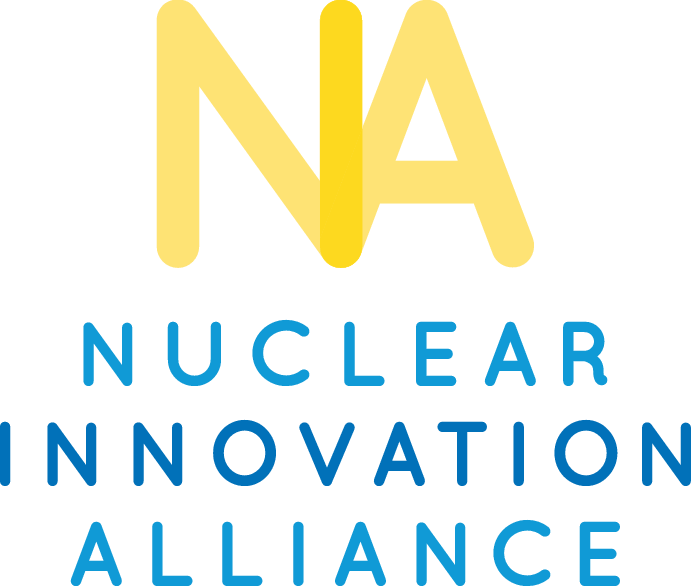
WASHINGTON, D.C. This op-ed was published on February 3rd on Utility Dive. To read the op-ed on the Utility Dive website, click here: The opportunity cost of not using nuclear energy for climate mitigation
We need both nuclear power and renewables to get to 100% clean energy
The biggest obstacle to addressing climate change is that it requires a sustained whole-of-society effort, yet we are still fighting about its seriousness and urgency. The second biggest obstacle is that those of us who see climate change as an existential threat are fighting over whether to take a technology-inclusive approach or to rely solely on renewables. Those of us who advocate for a technology-inclusive approach think we need enormous growth in renewables. We just do not think renewables can do it all. Rather, we’ll need all of the available low- or no-carbon tools (and many new technologies that we have yet to develop) to do this work, not just one.
A recent U.N. report found that nuclear energy has the lowest lifecycle carbon emissions of any energy technology, underscoring its role as the largest source of carbon-free power in the U.S. and the second largest source globally. Yet some opponents of nuclear power are trying to argue that the "opportunity cost" of investing in nuclear power is too high, and that we should focus entirely on investment in renewable energy. This is a recipe for climate disaster. Focusing on renewable energy while ignoring all other low or zero carbon technologies is based on an incorrect understanding of decarbonization imperatives, system-level energy costs, and investment portfolio principles. Based on the best available facts and analysis, like MIT, Sepulveda et. al., and Vibrant Clean Energy, a broad technology portfolio that includes both nuclear and renewable energy can create the most cost-effective carbon-free energy systems.
The core of a "renewables alone" argument is that because individual wind and solar power plants are now estimated to be cheaper on a generic levelized basis, any money spent on nuclear energy is wasted because it could have gone to renewables instead. Nuclear construction projects in the United States, like in Georgia and South Carolina, have indeed struggled with large upfront construction costs and cost overruns (even as plants abroad have been delivered at competitive costs). Since new nuclear energy and existing nuclear plants may struggle in competition with natural gas in absence of a carbon price, the proposed solution is to refocus any support for new or existing nuclear energy in favor of renewable energy.
There are three major flaws in this "renewables alone" argument.
First, the argument misses the clear bigger picture: the world is still dependent on carbon-emitting energy sources. Despite recent substantial growth in renewable energy, global carbon emissions continue to rise. It is urgent and imperative that we curb and reduce global carbon emissions as quickly as possible. In the power sector, numerous energy models and analyses show that nuclear and renewable energy are complementary in achieving deep decarbonization goals, especially as next generation nuclear energy can be flexible to balance renewable’s variability. While renewable energy can help satisfy large portions of our energy needs, eliminating carbon emissions from energy production without "firm" low carbon energy sources like nuclear power will be extremely costly.
Renewable energy should be a means to reducing emissions, not an end in itself. And in the power sector, such emissions must be calculated on a system-wide basis. With careful attention to system integration, renewable energy can play a major role in reducing emissions. However, in some cases, variable renewable energy can actually increase emissions due to system-wide operational inefficiencies at balancing fossil units. In the United States, closures of nuclear power plants in Vermont, New York and elsewhere have led to increased natural gas use and greenhouse gas emissions.
Recent analysis indicates that competition with natural gas has led to the closure of almost 10% of U.S. reactors in the last decade with another 20% only saved by state policy interventions. Keeping reactors online with state or federal policy has relatively limited costs, while ensuring that additional renewable energy can focus on displacing high-emitting energy sources. Indeed, key swing vote Senator Joe Manchin recently indicated that he is "big on nuclear," expressing support for federal policy to support plants. Combining nuclear energy and renewable energy interests can thus lead to stronger political coalitions that deliver outcomes for all, just as recently occurred in Illinois.
Second, the "renewables alone" argument relies upon the wrong cost metric, using costs of power produced by individual plants instead of power system-level costs. The electric grid functions like a giant machine that must balance the power supplied by all the individual power plants with the demand from all electricity users across all hours of all days. Costs of energy for individual power plants are useful, but have severe limitations in analyzing real-world economic realities. Power costs for individual renewable energy plants do not account for transmission costs, a rising and largely unaddressed financial barrier, nor for the system balancing costs to deliver electricity supply as needed. Further, renewable energy and nuclear energy are not direct competitors in most energy markets or utility decision-making – they serve different purposes on the electric grid.
Acknowledgement: Alex Gilbert, Project Manager, Nuclear Innovation Alliance